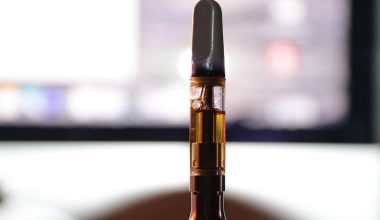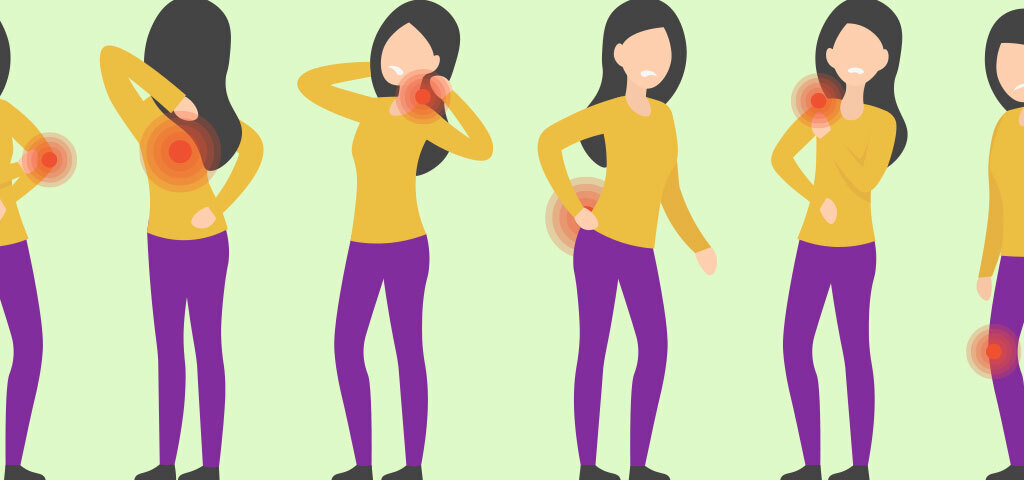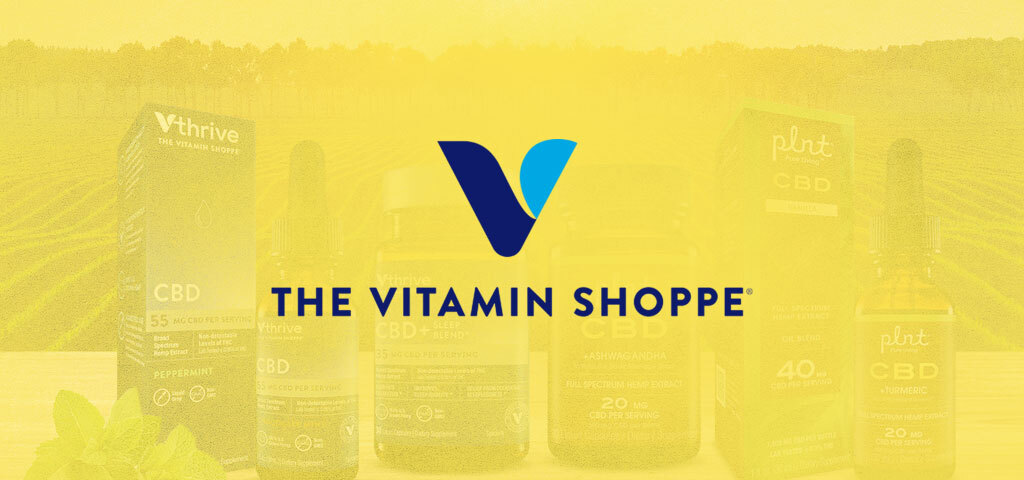Cannabis oil is a popular ingredient in marijuana edibles and topicals. It’s also gaining popularity as a standalone product that people use for its potential wellness benefits, like relaxation and pain relief. Although cannabis oil is safe to use, it can be confusing since there’s no one kind of cannabis oil—there are plenty of different types of cannabis oils out there with different properties. In this post, we’ll break down how cannabis oil works, who can benefit from using it and where you can buy some yourself!
What is cannabis oil?
Cannabis oil is a thick, sticky substance made from the resin of the marijuana plant. This oil can be used to make food or as an ingredient in medicinal applications. You can also find cannabis olja on its own at some dispensaries and smoke shops, but it’s more likely that you’ll see it combined with other products like vape pens or dab rigs.
There’s no one kind of cannabis oil.
Cannabis oil is made from various parts of the cannabis plant. It can be extracted from either hemp or marijuana plants, or a combination of the two. Cannabis oil can be used in several different ways:
- Vape pen cartridges
- Tinctures to drink (usually under the tongue)
- Topical products for skin and hair care
Cannabis oil can come from the marijuana plant or the hemp plant.
You might be wondering what the difference is between marijuana and hemp. The short answer is that they’re essentially two different plants with different uses, but they are both cannabis Sativa.
Marijuana (Cannabis sativa) contains high amounts of tetrahydrocannabinol (THC), which causes psychoactive effects like euphoria. Hemp (Cannabis sativa) contains low levels of THC and high amounts of cannabidiol (CBD), which does not cause psychoactive effects.
While marijuana oil can come from either plant, hemp oil is made from the seeds of the hemp plant, while marijuana oils are made from buds or flowers from the marijuana plant.
Cannabis oil is gaining popularity for its potential wellness benefits.
Cannabis oil is gaining popularity for its potential wellness benefits. Cannabis oil can be used topically or ingested, and it’s gaining popularity as a way to treat inflammation, pain, and anxiety. It’s also being studied in skin conditions like eczema and psoriasis. So what exactly is cannabis oil?
The endocannabinoid system (ECS) refers to the body’s internal mechanism that maintains homeostasis. This system consists of cannabinoid receptors throughout the body and endogenous cannabinoids (endocannabinoids) that bind those receptors—a process that helps with functions including appetite regulation, sleep patterns, and mood swings, among others.
Cannabis oil is safe to use, but it can be confusing.
Cannabis oil is a substance that contains the cannabinoids found in marijuana or hemp. It can be used to treat a variety of conditions, but it’s important to note that cannabis oil isn’t a single thing. There are many different types of cannabis oils, and they can be ingested, applied topically or smoked.
You may have heard about some of the benefits associated with cannabis oil—it can help reduce pain; it has anti-inflammatory properties; it has been shown to improve sleep in people who suffer from insomnia; it has also been shown to decrease anxiety levels in patients suffering from post-traumatic stress disorder (PTSD). The list goes on!
What you might not know is how cannabis oils are made; there are two ways: from the marijuana plant or from hemp plants. Here we’ll look at both methods and discuss how you could benefit from each type.
Conclusion
We’re excited to see what the cannabis oil market has in store as it continues to grow. As more research comes out, we may see even more uses for this natural product! But for now, we hope that you’ve learned a little bit more about cannabis oils and their potential health benefits. If you want to try them out, get informed first by reading up on all of the different types out there so that you know exactly what kind of oil is best suited for your needs (and don’t forget about safety).
Medical Disclaimer:
The information provided in these blog posts is intended for general informational and educational purposes only. It is not a substitute for professional medical advice, diagnosis, or treatment. Always seek the advice of your physician or other qualified healthcare provider with any questions you may have regarding a medical condition. The use of any information provided in these blog posts is solely at your own risk. The authors and the website do not recommend or endorse any specific products, treatments, or procedures mentioned. Reliance on any information in these blog posts is solely at your own discretion.




